-
The Wamsutter Wolf by Annie Proulx Short Story Analysis
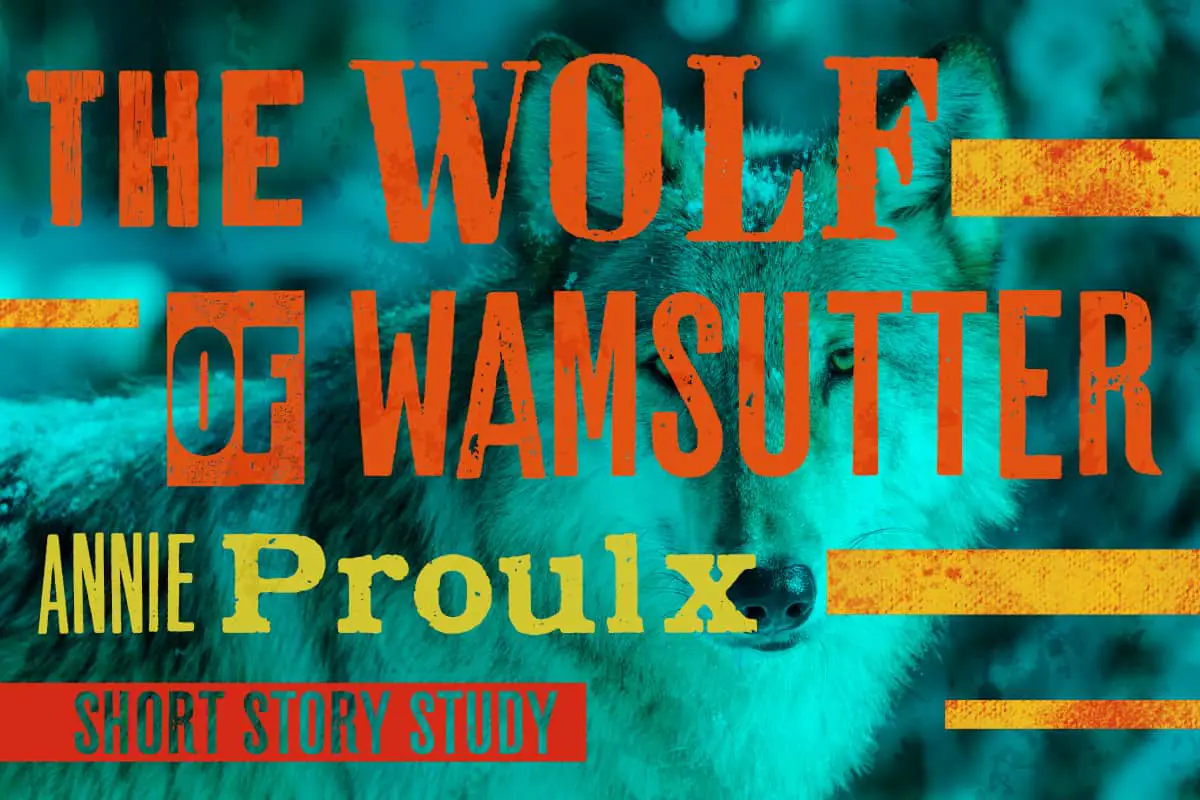
“The Wamsutter Wolf” by Annie Proulx is a short story included in the Bad Dirt collection (2004). The title of the collection comes from this story. SETTING OF “THE WAMSUTTER WOLF” This particular setting can be geolocated. Wamsutter is a town in Sweetwater County, Wyoming, United States. The population was 451 at the 2010 census. Wikipedia As of this
-
Big Blonde by Dorothy Parker Analysis
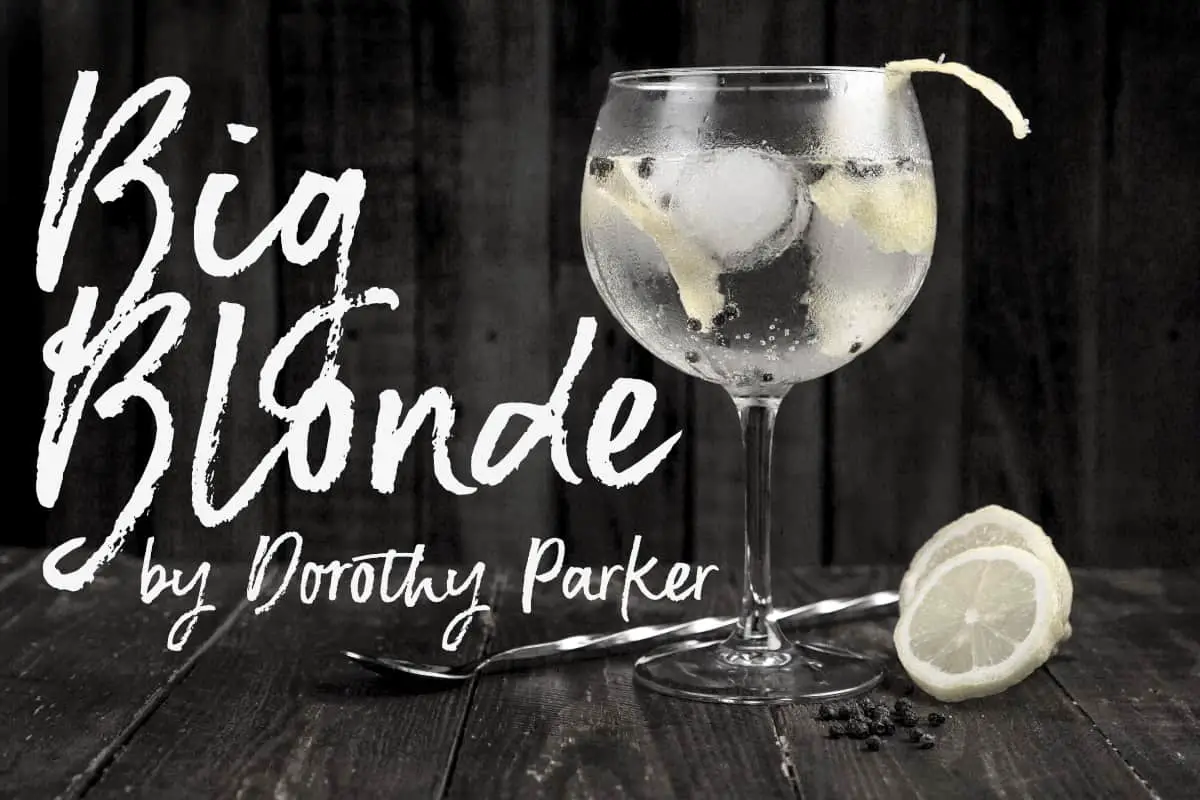
“Big Blonde” (1929) by Dorothy Parker is a short story in five parts, included in various collections. We can read it for free online. The ‘Good Sport’ girl is the grandmother of Gillian Flynn’s ‘Cool Girl’. When Gillian Flynn published Gone Girl, our culture had a new phrase to describe the kind of woman who
-
Why ‘Toxic Masculinity’ Is A Problematic Phrase, But Only Grammatically
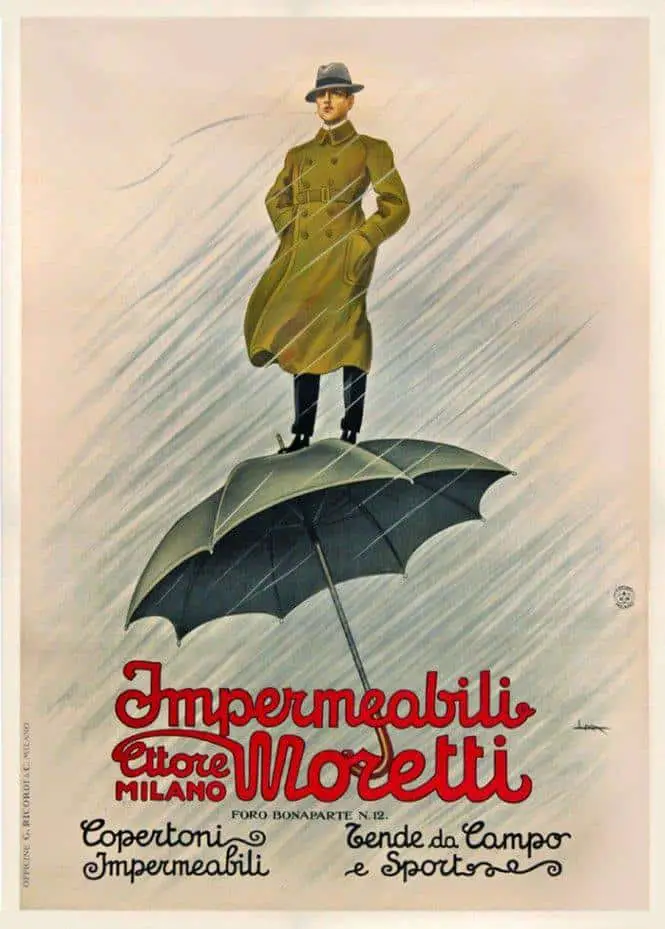
A few weeks ago Gillette dominated social media for producing an advertisement criticising what is now more widely known as ‘toxic masculinity’. In academic circles, ‘toxic masculinity’ has been used since the 1990s and refers to ‘… the constellation of socially regressive male traits that serve to foster domination, the devaluation of women, homophobia, and
-
What Kind Of Furniture Would Jesus Pick by Annie Proulx Short Story Analysis

“What Kind of Furniture Would Jesus Pick?” (2003) by Annie Proulx is the story of Gilbert Wolfscale, whose rabid devotion to his ranch drives off his wife and sons. You can read this one online. SETTING OF “WHAT KIND OF FURNITURE WOULD JESUS PICK?” This story reminds me of Larry McMurtry’s Hud, probably because it’s
-
The Contest by Annie Proulx Short Story Analysis
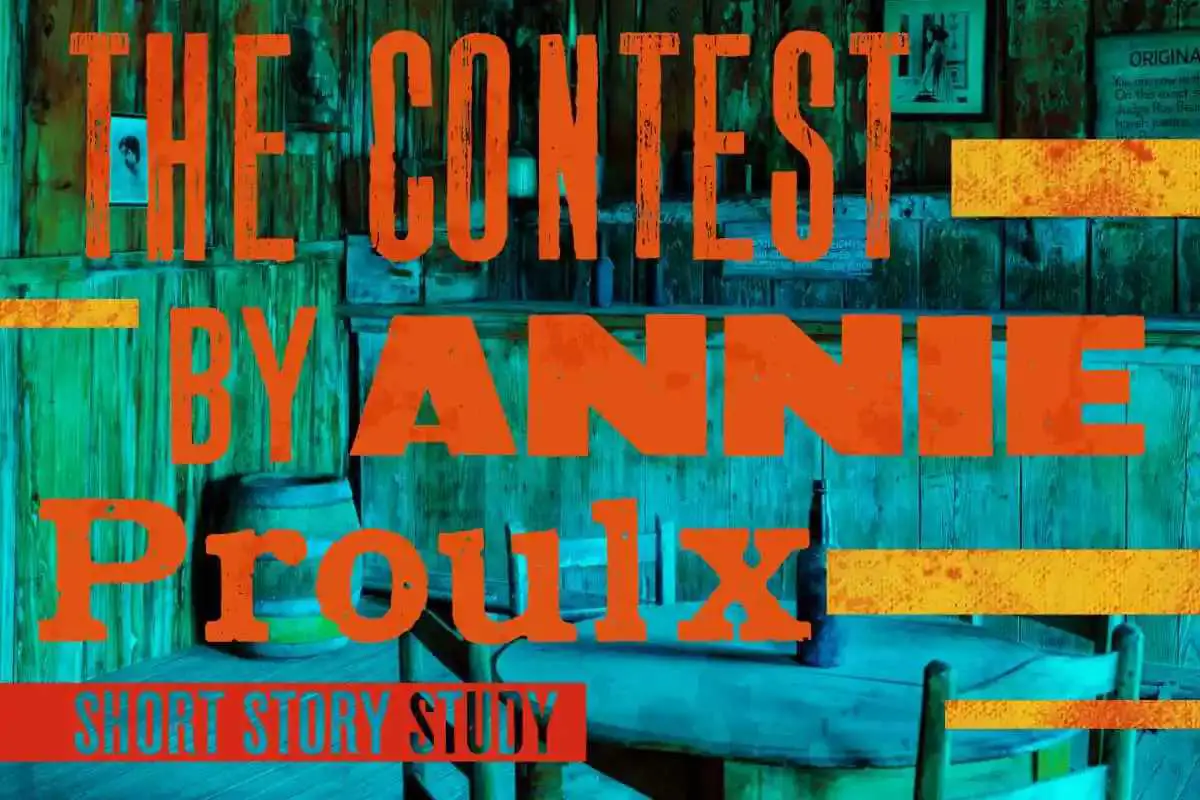
“The Contest” by Annie Proulx is a short story from the Bad Dirt collection, published 2004. Like Larry McMurtry, Proulx writes two main types of stories — comical stories similar to those found in dime novels (in McMurtry’s case) and in hunting and fishing magazines (in Proulx’s case). “The Contest” belongs to the comical class,
-
The Sexism Behind Top Ten Lists

<!— wp:paragraph {“dropCap”:true} —> Stephen King’s list of top ten ALL TIME favourite books is doing the rounds, because anything Stephen King has ever said regularly does the rounds. That’s why I’m going to focus on Stephen King as just one example of a wider trend: Men don’t count women among their favourites. <!— /wp:paragraph
-
Storytelling in Apple’s Advertisement “Share Your Gifts”
“Share Your Gifts” is an Apple commercial, of interest because it is a complete story in three minutes. Classic story structure can be found in anything, from songs to narrative poems to advertising campaigns. Compared to when I grew up with free-to-air television only, and a commercial radio station that was always on, I’m rarely
-
Poof and Worm-Hoop Part One
Poof The Old Lady is a graphic novel created by two neurodiverse ten-year-olds. The running gag is that an old lady by the name of Poof goes Poof! at the end of each story. But she comes alive before the next. The creators are best friends at school, and they both like to read and
-
Creating The Setting For A Comedy Series
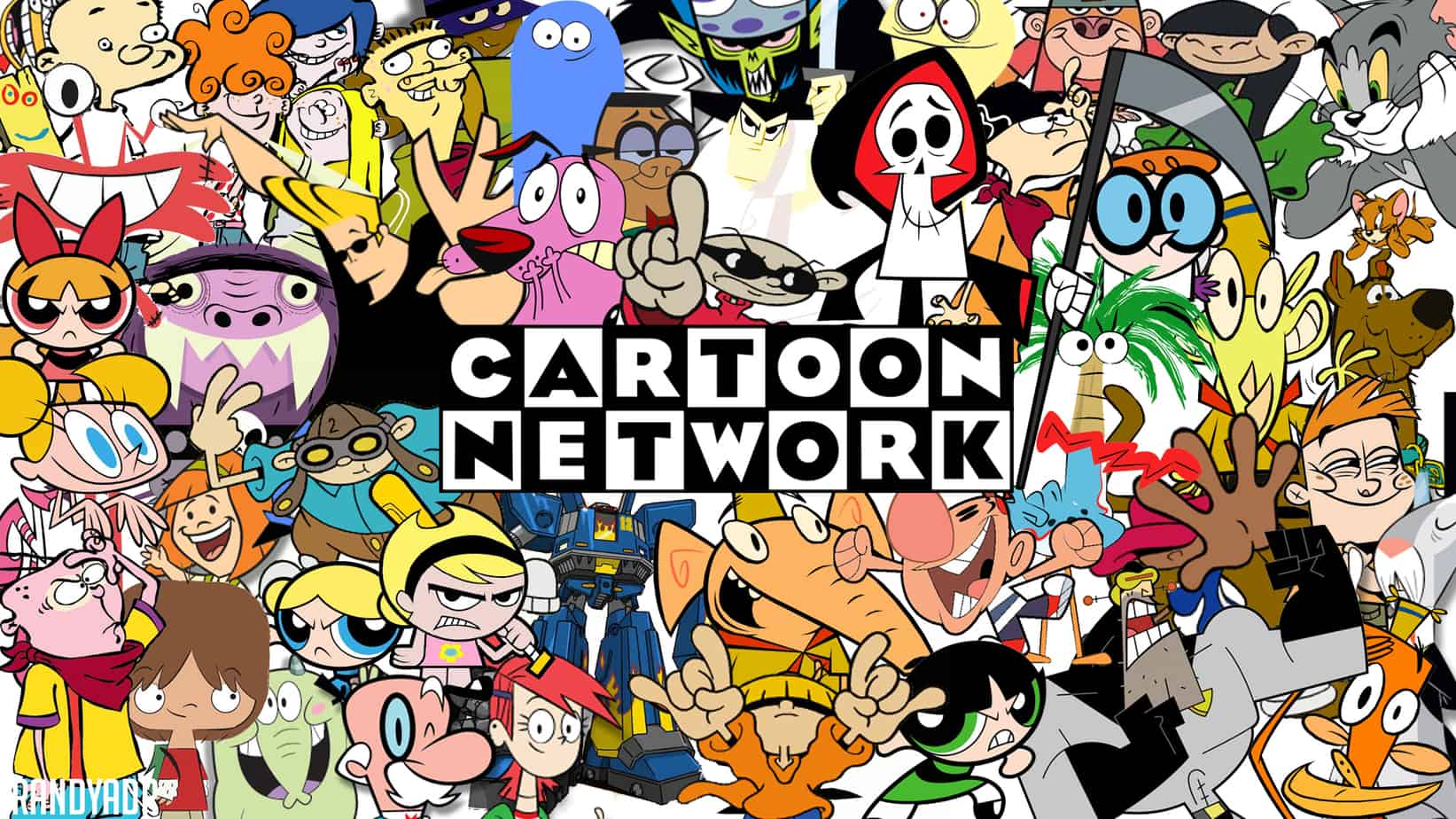
Before writing a comedy series, especially one with a wacky world, the writer must be clear about the rules of that setting. These rules subsequently seem intuitive to the audience. It’s easy to forget the amount of work writers have to do to create them in the first place. Even if these rules are not written
-
The Symbolic Paradox In Storytelling
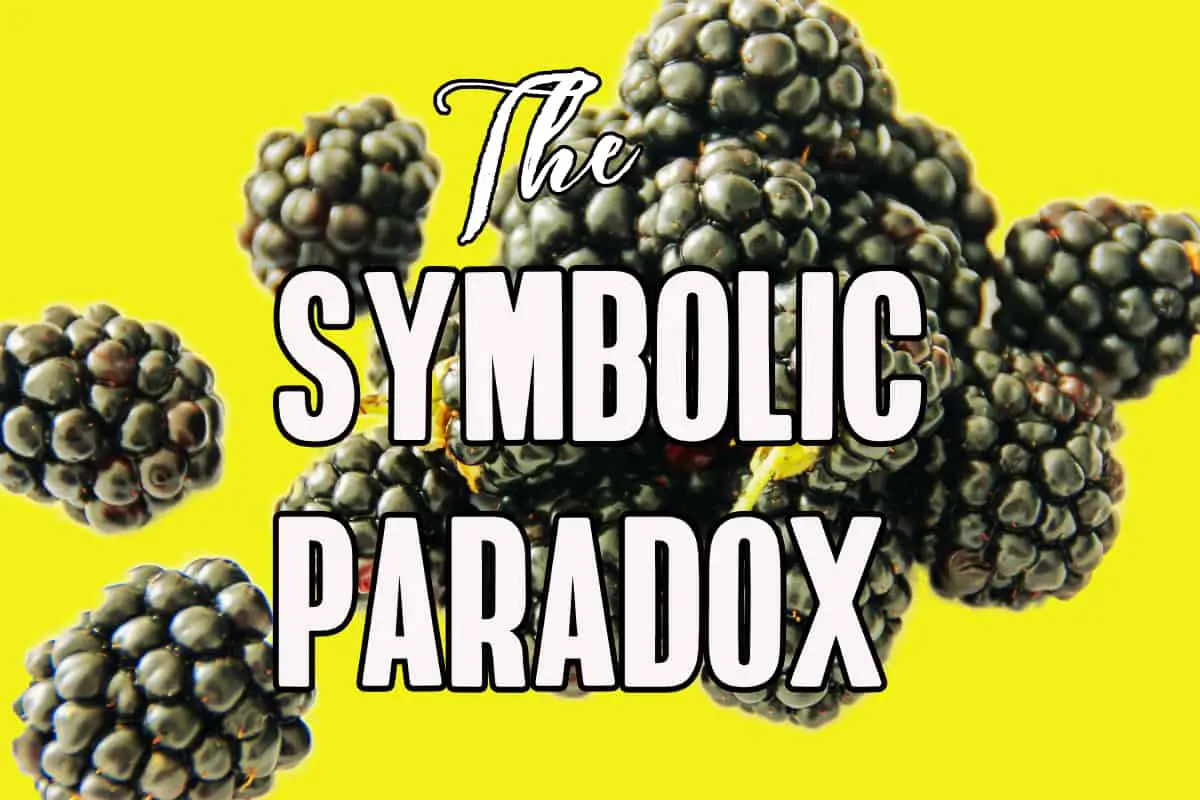
By ‘symbolic paradox’ I mean the symbolic equivalent of a contranym. A contranym is a word with two directly opposite meanings. For example, ‘cleave’ means to separate or cut with a tool, but also means to be in close contact with. To separate and to join, at once.
-
Man Crawling Out Of Trees by Annie Proulx Short Story Analysis
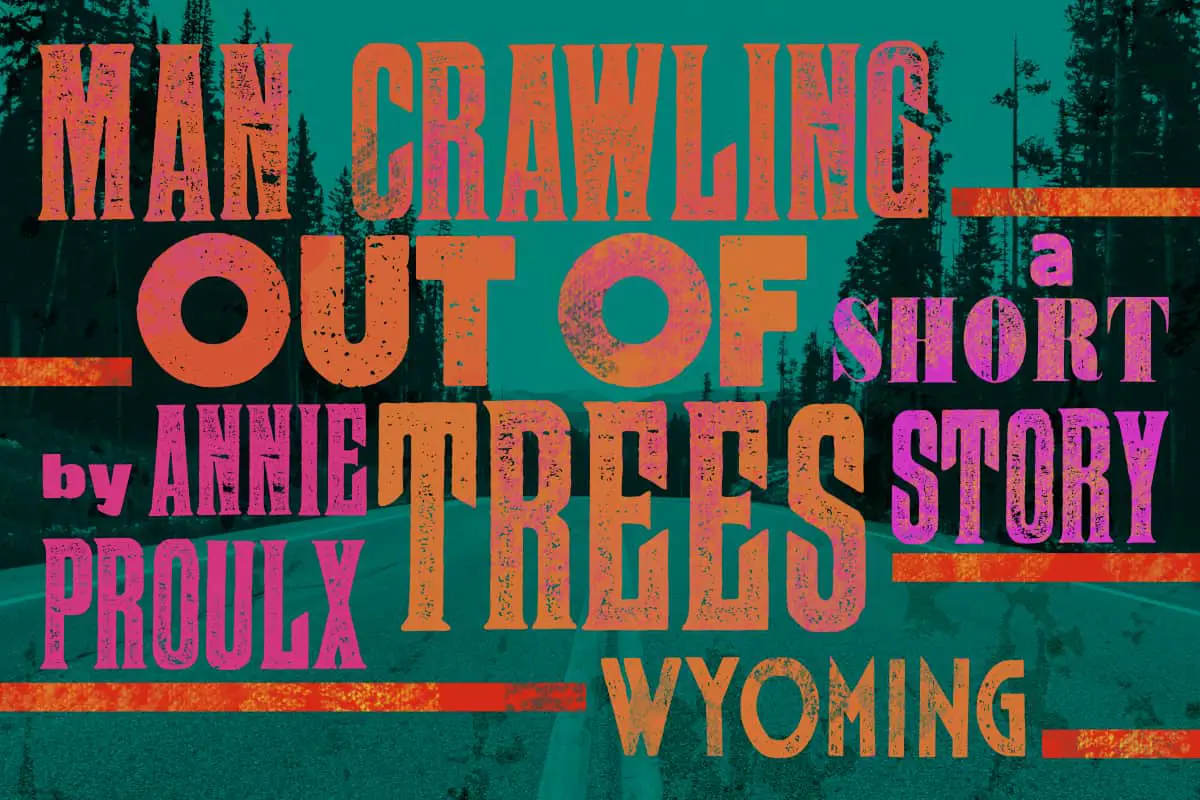
“Man Crawling Out Of Trees” is a short story by Annie Proulx, included in her Bad Dirt collection (2004). Many of the stories in this collection are in the tall story, brutal, regional, humorous tradition, and readers who don’t share Proulx’s sense of humour haven’t connected to these stories as well as they connected to earlier ones.
-
Silence by Alice Munro Short Story Analysis
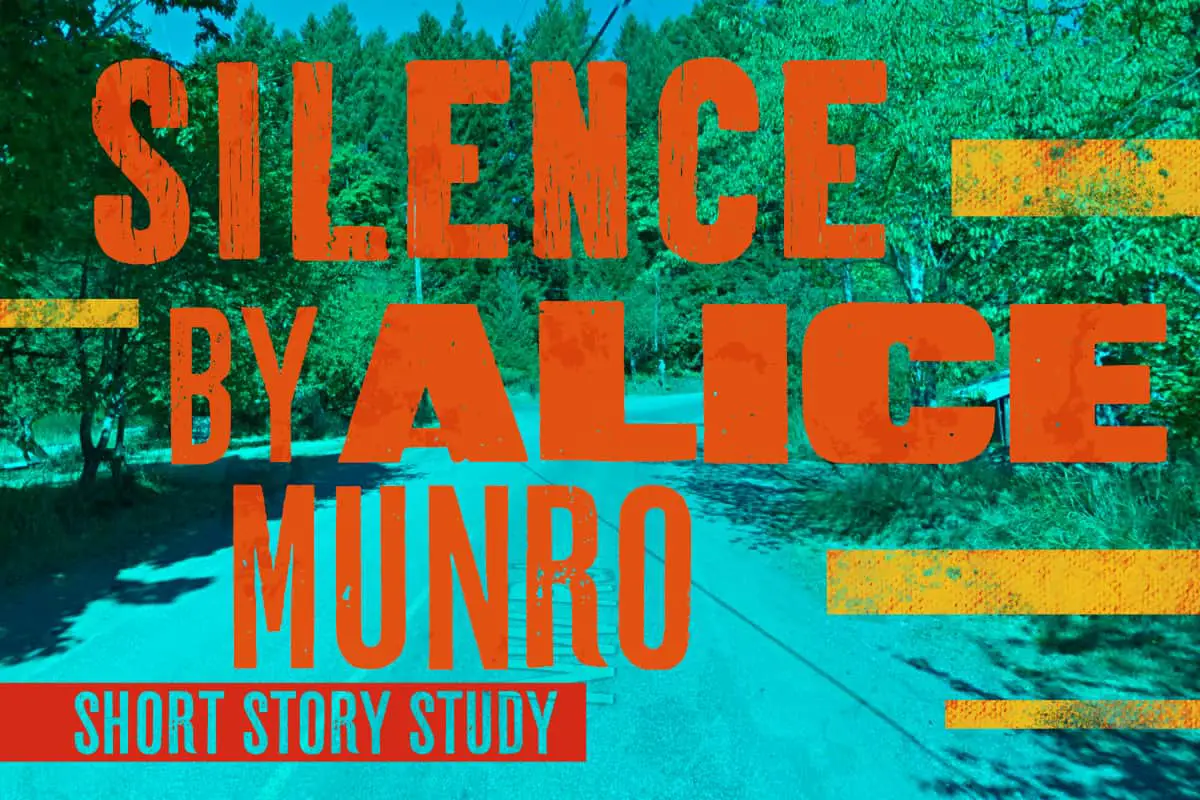
“Silence” is a short story by Alice Munro, one of three in a triptych about a woman called Juliet. The first are “Chance” and “Soon“. All three are published in the Runaway collection (2004). [“Silence”] brings to the foreground a theme that runs through many stories by Alice Munro—the role of silence within the network
-
The Symbolism of Trains In Literature
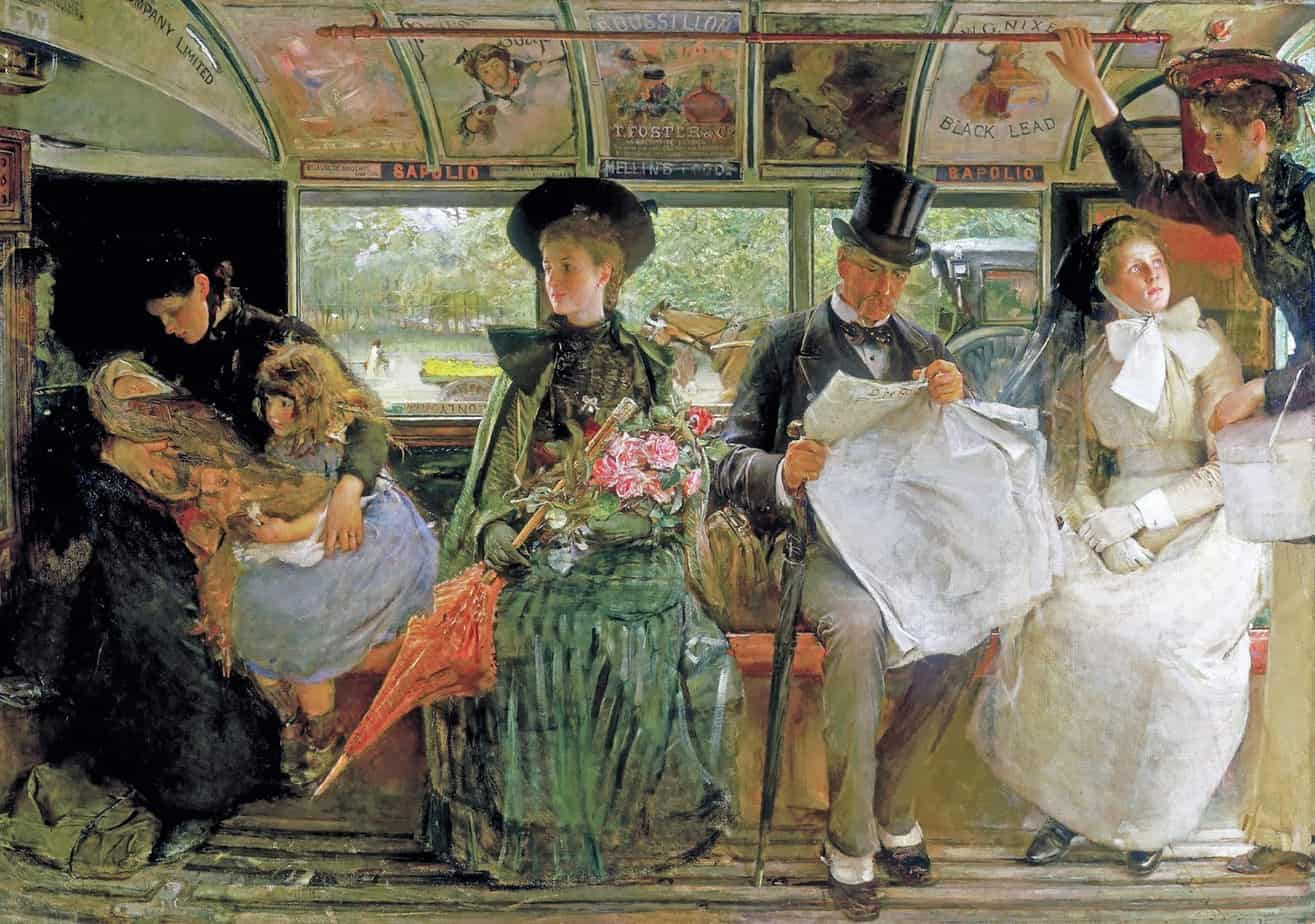
Why are trains so useful to storytellers? In stories, trains play a functional role, getting your characters from one place to another. But there’s more to it than that. Perhaps we encounter storytellers on trains more than in any other place.
-
The Electric Grandmother and Resonant Imagery
The Electric Grandmother is basically a Twilight Zone episode for kids. The teleplay (and a short story adaptation of “I Sing The Body Electric”) was written by Ray Bradbury, and was later remade by the Disney Channel as a full-length Made for TV movie called “The Electric Grandmother”. TV Tropes The Twilight Zone for a contemporary
-
The Blue Hotel by Stephen Crane (1898) Short Story Analysis
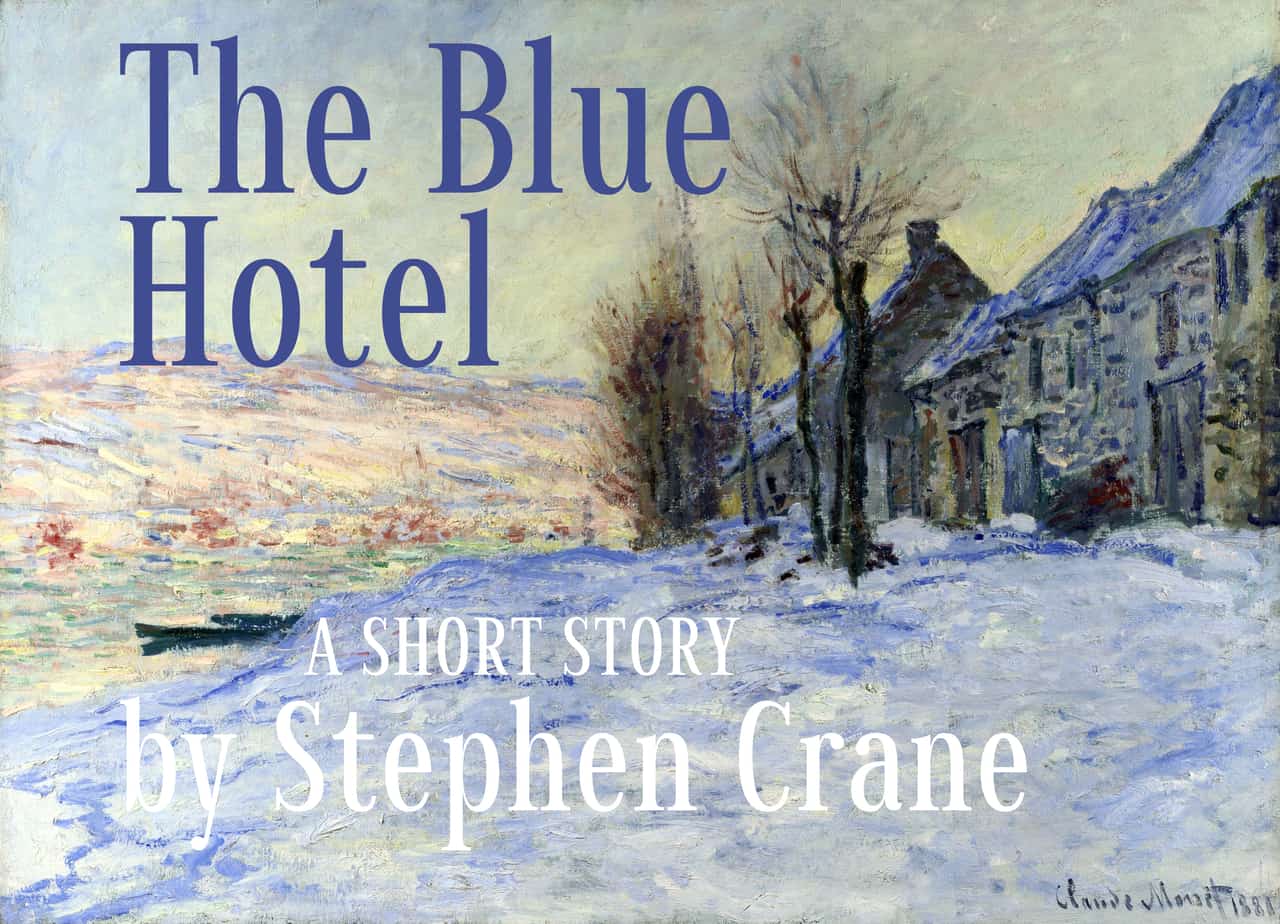
“The Blue Hotel” is a short story by Stephen Crane, published serially in Collier’s Weekly (1898) and then in the collection The Monster and Other Stories (1899). The story was inspired by Crane’s travels to the American Southwest in 1895. Encyclopedia Britannica I recently took a close look at “The Woman At The Store” by Katherine Mansfield. By coincidence I came across “The